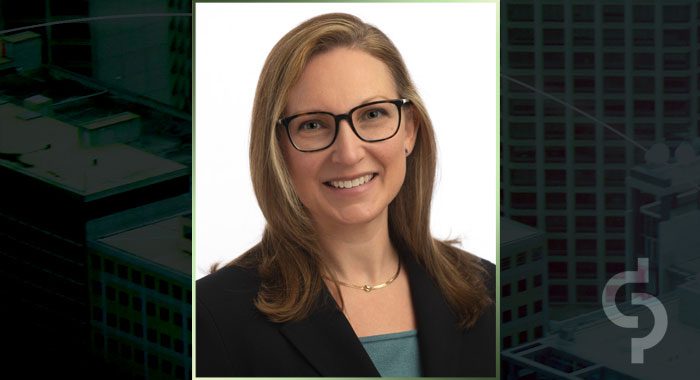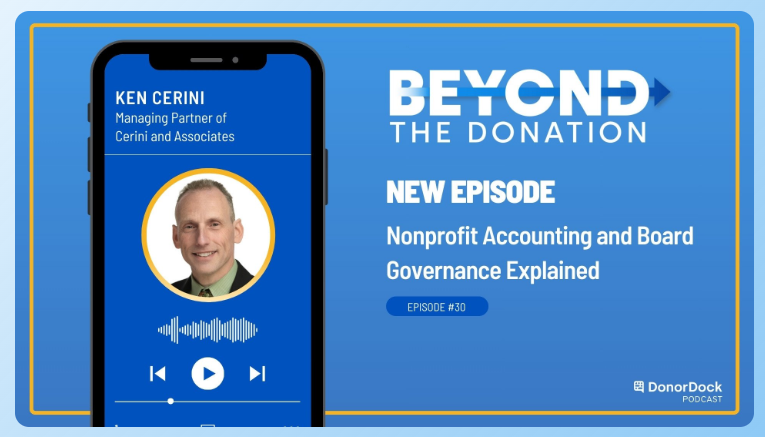When you have a child, you make many plans. One of the most important plans is for their future finances. This applies for any child, but when parents have a child with special needs often there is more concern. For parents that have a child who developed a disability before age 26, something to consider is making contributions to an ABLE account. ABLE accounts (named after the Achieving a Better Life Experience Act) are State programs and offered by most States. The New York plan is the NY ABLE Program and their website is www.mynyable.org.
An ABLE account is a savings option where the earnings are not taxed and the individual with special needs won’t lose eligibility for certain benefit programs. These accounts do not affect SSI (supplemental security income), Medicaid eligibility or other government benefits (so long as the balance in the ABLE account is less than $100,000). The account must be created by a parent or an individual with special needs.
There are different options to fund an ABLE account:
- A parent or individual with special needs can use post-tax income to contribute up to $15,000 per year.
- If there are funds in a 529 college savings plan, up to $15,000 can be rolled from the 529 plan into the ABLE account.
- There is potential to contribute more than the plan annual maximum. Individuals with special needs who work and have earned income, can contribute up to $15,000, plus an additional contribution of $12,760 for 2021 (so long as they are not also contributing to a retirement plan).
The maximum that can be contributed to any account per year is $15,000, not $15,000 per contributor, with an overall maximum contribution to any ABLE account of $520,000 over its lifetime.
Qualified expenses that can be paid from an ABLE account include basic living expenses, housing, transportation, education, assistive technology, health & wellness, legal financial management, employment training and some other expenses.
There are various investment options within the ABLE accounts. The options are money market, conservative, moderate or aggressive growth. It’s ideal to consider funding the ABLE account as early as possible to take advantage of the tax-free growth.
This article was also featured in our newsletter Special Edition

Kimberly R. Roffi, CPA
Partner
Kim, who has been a member of the firm since 2001, has over 19 years of public accounting experience. Today, she is a partner of the firm and previously served as Director for the firm’s tax and business advisory practice and Director of Finance and Operations for the firm internally. Kim has written Practice Insights for Lexis Nexis’ tax research platform and has been published in Building Long Island magazine.





